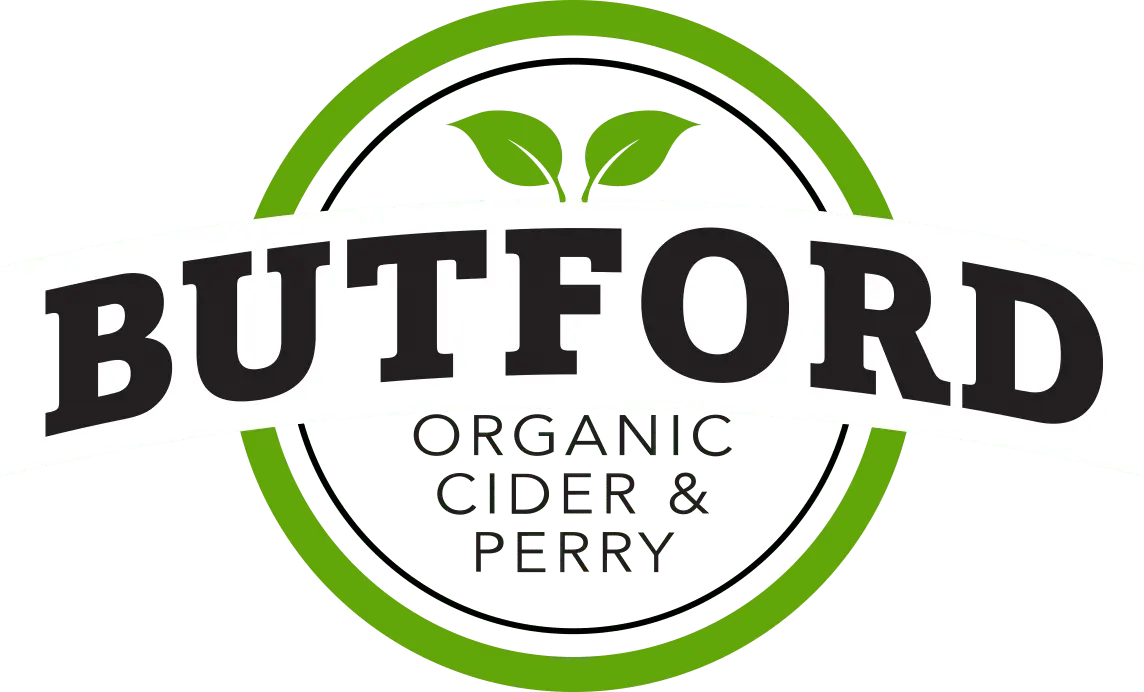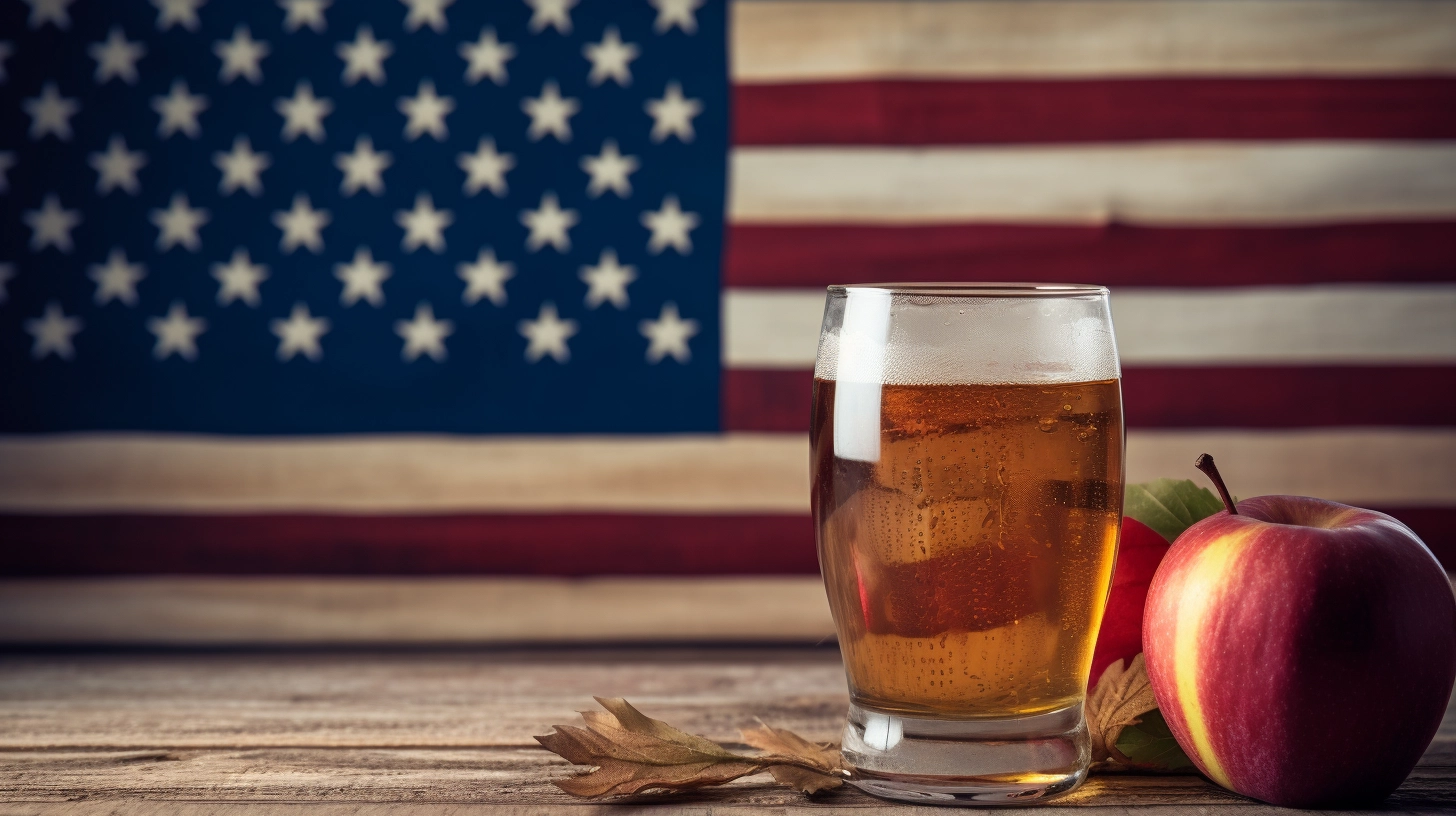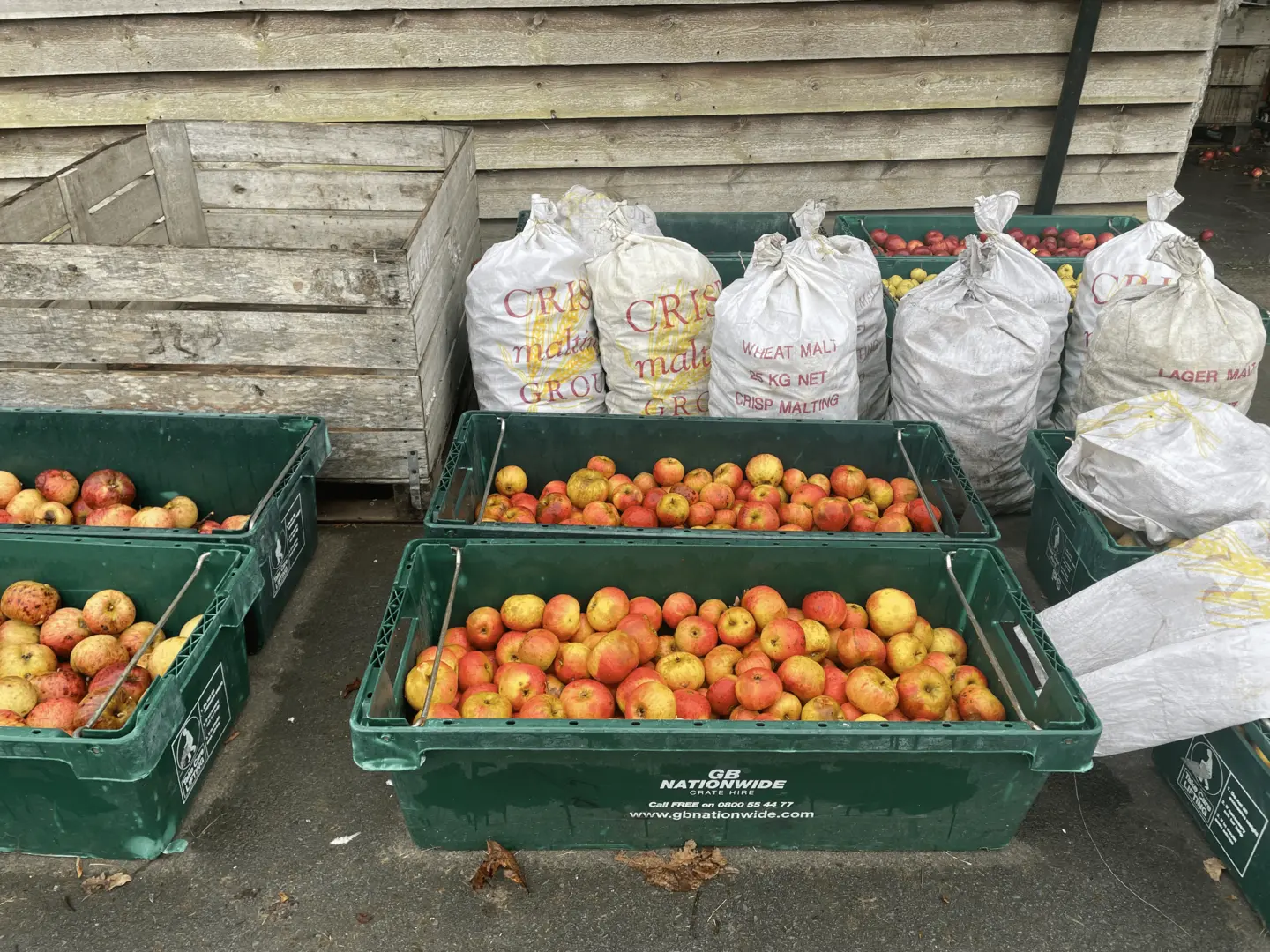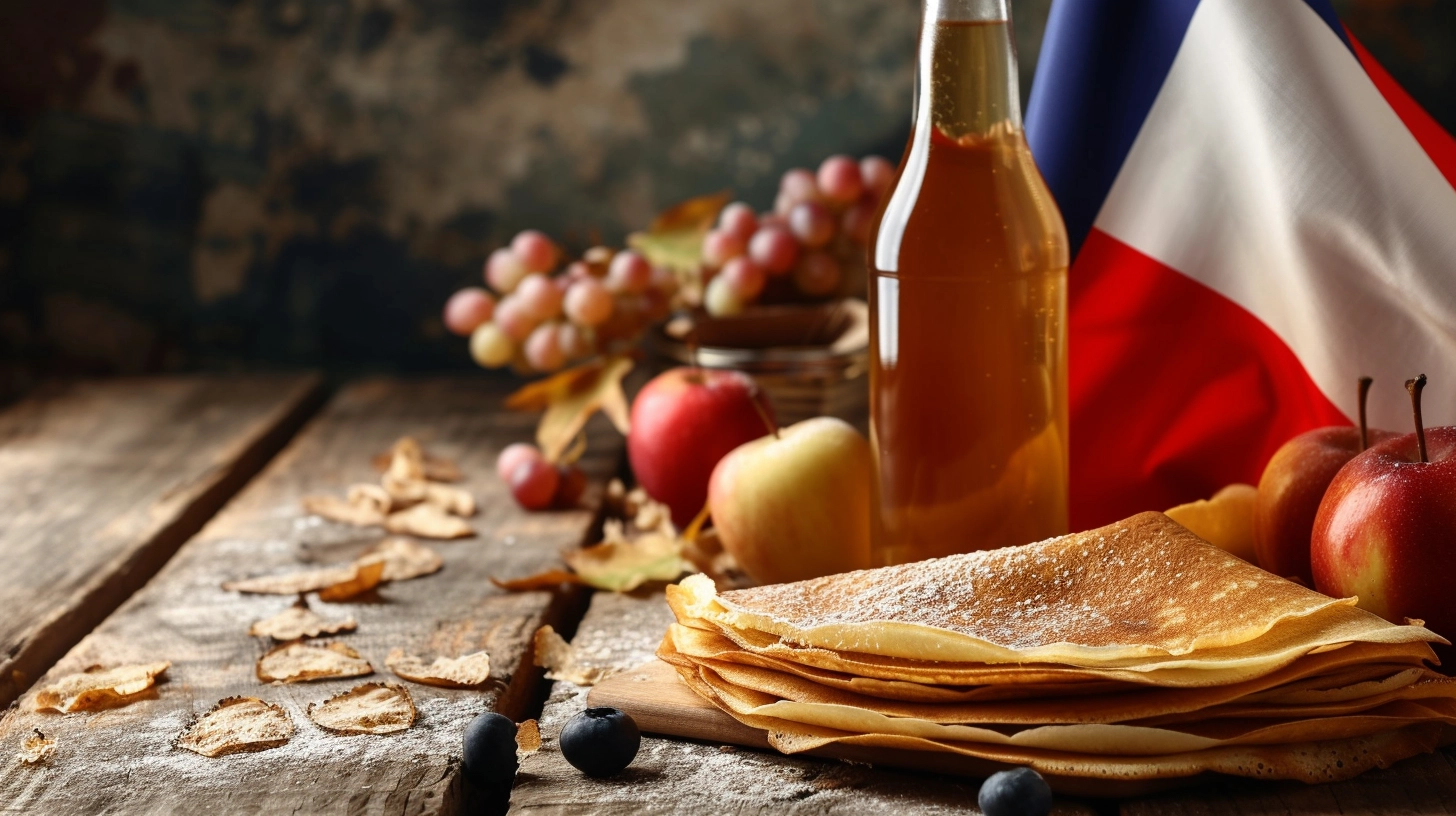Key Takeaway Table
| Term | Region | Description |
| Hard Cider | America | Alcoholic drink made from fermented apple juice |
| Cider | UK and Europe | Alcoholic drink (same as ‘hard cider’ in America) |
| Soft Cider | America | Non-alcoholic, often unfiltered and unpasteurized apple juice |
| Apple Juice | General | Regular, clear apple juice found in stores |
Hard Cider vs Cider
Americans use the term ‘hard cider’ to distinguish it from non-alcoholic cider. It has gained a reputation for its strong flavours and diverse varieties, catering to a wide range of palates.
In contrast, places like the UK and Europe simply know what Americans refer to as ‘hard cider’ as ‘cider.’ It’s a traditional drink in these regions and is inherently alcoholic.
Soft Cider and Apple Juice
Now, this might be a bit confusing for some. In the U.S., ‘soft cider’ or just ‘cider’ refers to apple juice that’s often unfiltered and unpasteurized. This makes it look cloudy and taste richer than the clea apple juice sold in supermarkets. This non-alcoholic version is different from hard cider because it doesn’t go through fermentation to make alcohol.
Understanding the Differences
Understanding these differences is crucial to avoid confusion. In the U.S., when people say they like cider, they usually mean the non-alcoholic version of the drink. However, in the UK, the same statement would imply they’re sipping on an alcoholic beverage. The term ‘hard cider’ clarifies this ambiguity, especially in American contexts, signaling that you’re referring to the alcoholic type.
Hard Cider vs Soft Cider
Flavour Differences
- Hard Cider: The flavour profile of hard cider varies widely. It can range from extremely sweet to extremely dry. The kind of apples, how they ferment, and any added flavours like berries can greatly affect how it tastes. Some ciders are like wine, with complex flavours of fruits, spices, and wood from aging in barrels.
- Non-Alcoholic Cider (Soft Cider): In the U.S., non-alcoholic cider has a fresher and fruitier taste compared to regular cider. The sweetness can often vary, though this can depends on the apples varieties used. Unpasteurized versions have a richer, more robust apple flavour and may include sediment, adding to the body and taste.
Production Methods
- Hard Cider: Production involves fermenting apple juice with yeast. This process converts the natural sugars in the juice into alcohol. Fermentation time, yeast type, aging, and barrel choice can greatly impact the cider’s end result.
- Non-Alcoholic Cider: Production is much simpler. It’s essentially apple juice that’s often left unfiltered and unpasteurized. The key lies in the apple varieties used and how they are blended. No fermentation, so the natural sweetness and flavour of the apples are more pronounced.
Typical Uses
- Hard Cider: Besides being enjoyed as a beverage, it can also be used in cooking. You can add depth to sauces and stews or use it as a marinade.
- Non-Alcoholic Cider: It’s a popular drink in the fall, especially in North America. It is also used in baking to lend a sweet, apple flavour to pies, cakes, and pastries. In some recipes, it can be a substitute for water or other liquids to add extra flavour.
Cultural Context
- Hard Cider: In Europe, hard cider has a along history and is linked to specific regions or traditions. English and French ciders, for example, have distinct styles and are integral to the local culture.
- Non-Alcoholic Cider: In the U.S., non-alcoholic apple cider is popular in Autumn. It is often associated with apple picking, fall festivals, and Thanksgiving.





